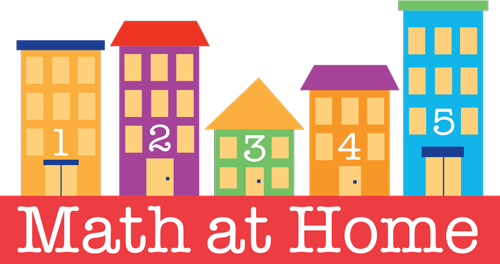Principles of Teaching Number – 2
There are three specific principles associated with teaching the “Quantification of Objects” so I think writing about them on 3 separate Tuesdays will allow you to think about these in isolation before considering them as whole. The first principle is as straightforward as can be and I, for one, believe that it should be a primary focus of all work with young children.
Encourage the child to think about number and quantities of objects when these are meaningful to him.
Kamii says that rather than setting time aside each day as “Quantification of Objects Time” teachers should seize opportunities to work with quantities, groups of objects, and comparisons as they arise in the classroom and as they are directly connected to what the children are actively interested in.
We often see young children sitting in circle time discussing the calendar or the number of days in the week, etc. with their teacher. Nearly every teacher who I visit does this. I am not directly opposed to this activity as I don’t think it is harmful or dangerous, yet I don’t think it is engaging in a meaningful way for children. This calendar activity was originally designed as a part of a kindergarten math curriculum, so when it is done with children who are younger, it is either watered down or it is not really developmentally appropriate.
There may be some 3 and 4 year-olds who care about how many days they have been in school or whether or not this month has 30 or 31 days, but for the most part, this is an activity that adults think children are supposed to care about. So what do preschool children care about? They care about themselves. They are egocentric and primarily concerned about their lives, their worlds, their ideas, and their feelings. So, we need to find ways to quantify objects that children care about. They care about how many objects they have (i.e., large blocks, dolls, cars). They care about their own families (sisters, brothers, pets, grandparents). They care about equality and justice for themselves (not necessarily their classmates). Therefore, teachers must find ways to encourage children to quantify objects when they are involved with the above objects or discussing the above concepts.
Above, when I said this principle should be applied to all teaching with young children, I was referring to meaningfulness. As educators of young children, we need to find ways to connect to what children care about rather than what we think they should care about. That can come later. For the time being, meeting children where they are at, rather than expecting them to come around to our us, will serve them in much more appropriate ways.

Children based play is always present. We don\’t have to create ,we just help guide when the opportunity happens such as three cars line up in block area or placing three red blocks in a circle is meaningful to a child, things don\’t have to be place inside a teacher\’s curriculum to teach math. children will allow us to know their interest exploring their way of comparison or relationship between objects.
In order for the relationships to be relevant, the children still need an adult or an older child to scaffold the experience. Many children will line up 3 blocks or make a circle with blocks and they may even observe certain characteristics about those objects, but the relationships between the objects may not be readily apparent to the young child. That is why teachers of young children need to be on the rug, playing with the children (or next to them) to provide the relevance.
When I started working with children. The teacher told me that we needed to do observacions and math was one of the areas that we needed to cover. She thought me how to find math in children\’s activities. For example, when they are eating. They like to line up their slices of fruit or cookies and count them. This is a natural way in which they explore math.